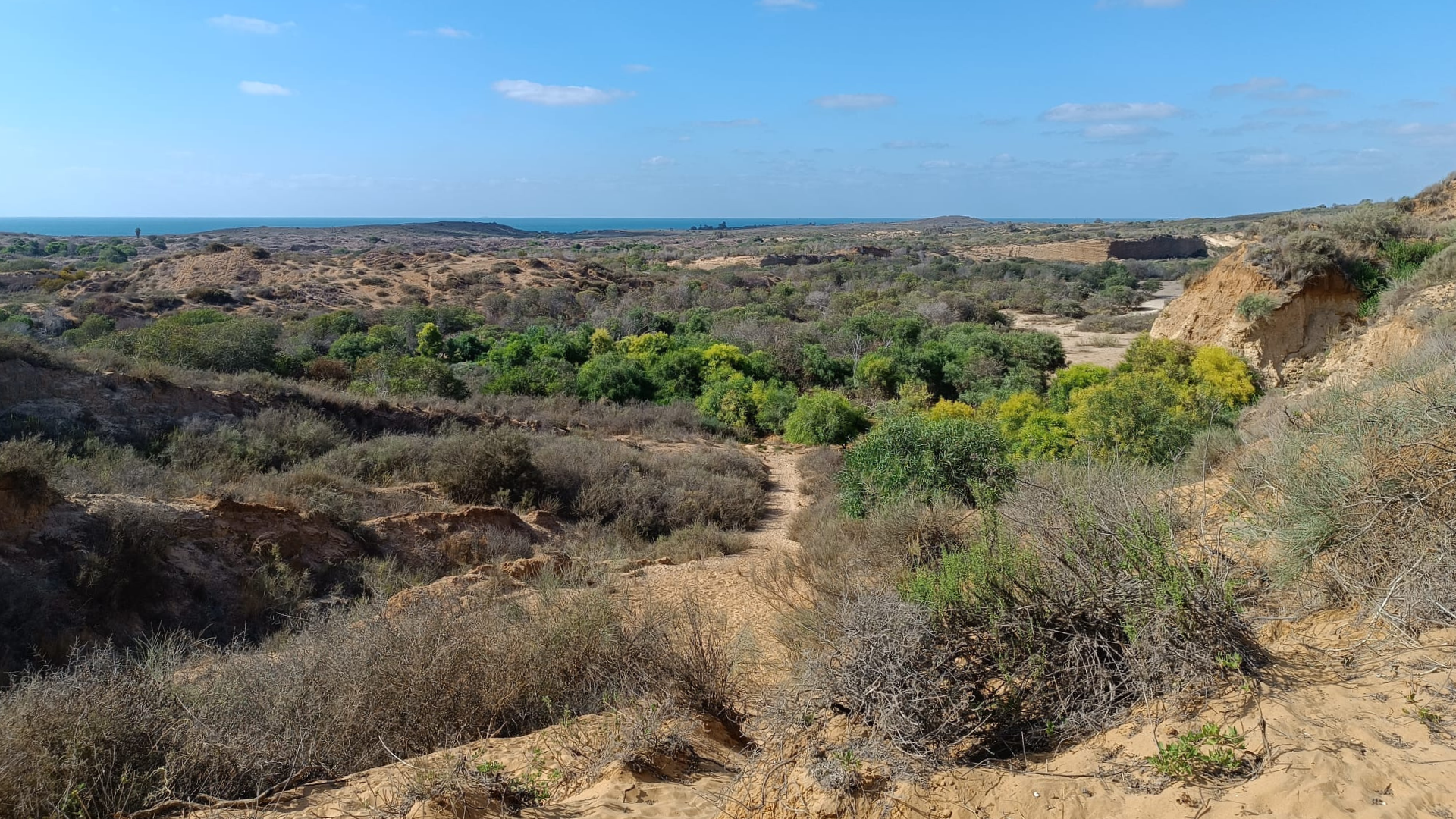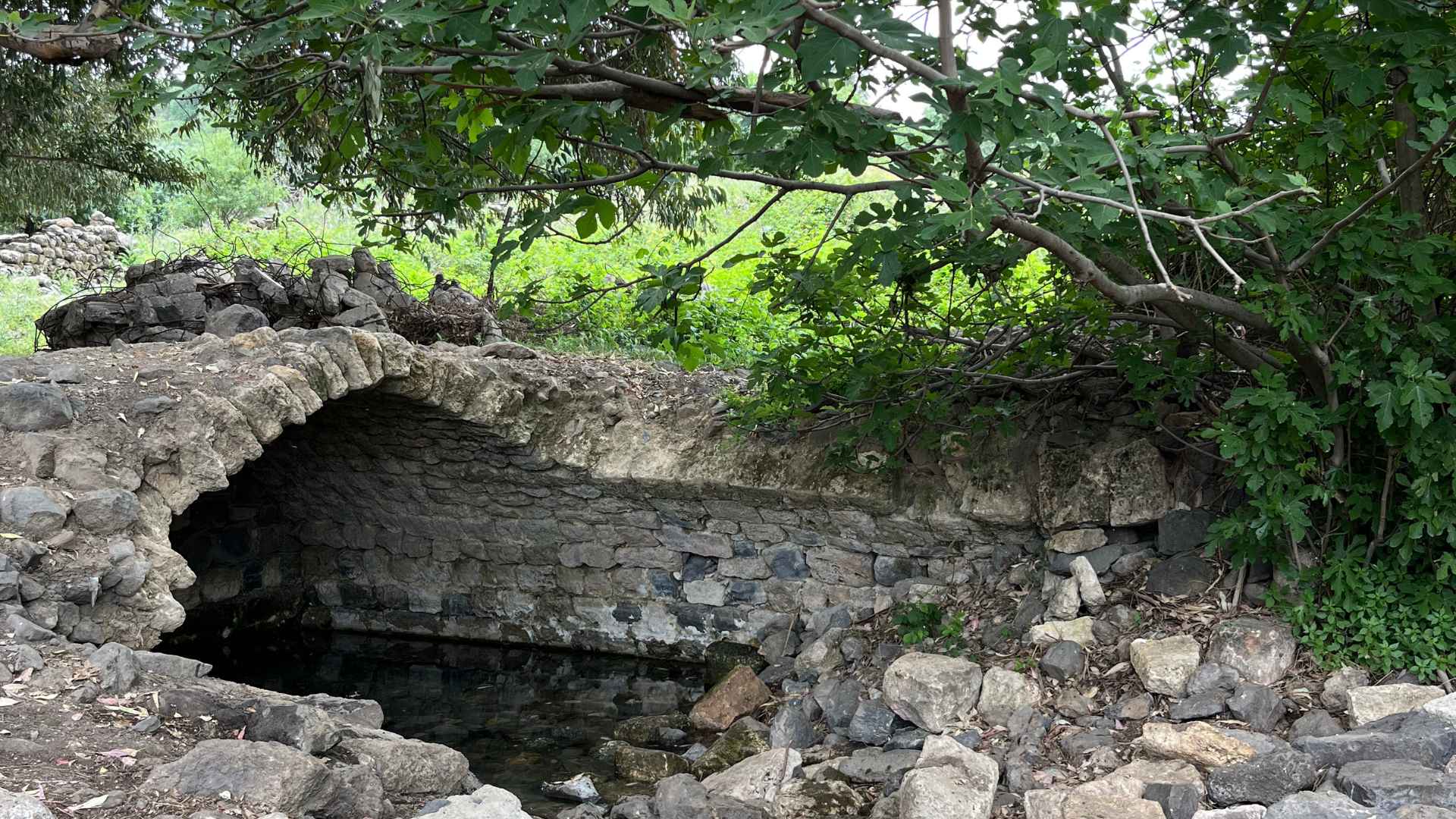The public has a right to enjoy precious natural spaces; nature has a right to ecocorridors
The Beit Zayit lake on Nahal Sorek (the ‘Whistling Stream’) in the Jerusalem Hills, under the jurisdiction of the Mateh Yehuda Regional Council. The area offers visitors a calm, green respite from the heat of the day and a host of other natural attractions.
Recently, Adam Teva V’Din filed a planning objection in relation to plans to erect a perimeter fence around the lake for ‘public safety reasons’. Our argument against the plan is two-fold: a fence will damage the public’s rights of access to this area of scenic and environmental values; and secondly, construction of a fence will disrupt the continuity of the area as an ecological corridor, fragmenting the passage for species that rely on the corridor for movement and habitat connectivity.
Strengthening oversight of natural places in the face of climate change
Eli Ben Ari, Adam Teva V’Din’s legal advisor notes that while the Beit Zayit ecological corridor is not yet protected in national and regional planning regulations, it is noted in National Master Plan 35. As such, the area’s existence and continuity should be guaranteed.
“Planners need to be constantly reminded that Israel is facing a climate crisis, and that it is more important than ever that all of Israel’s all open and natural spaces should be preserved. At Adam Teva V’Din we are also demanding that planners take into account the public value and the importance of ecocorridors to nature and wild life at the Beit Zayit lake, and similar places.”





